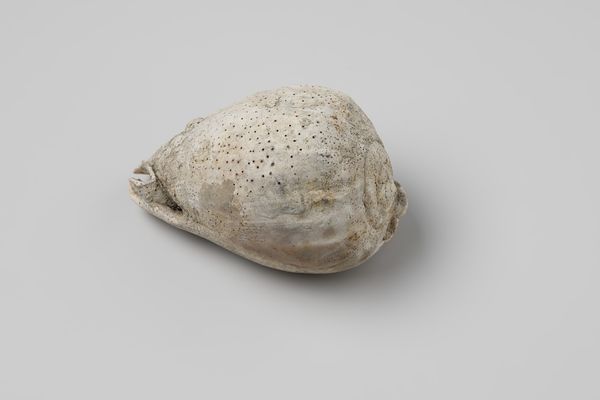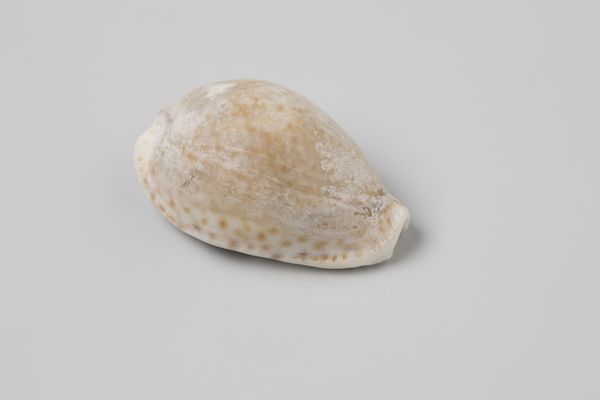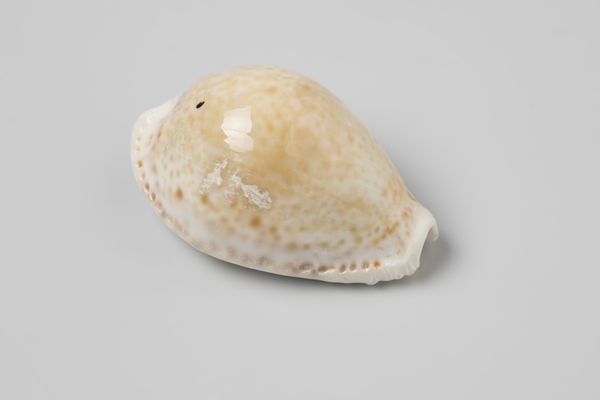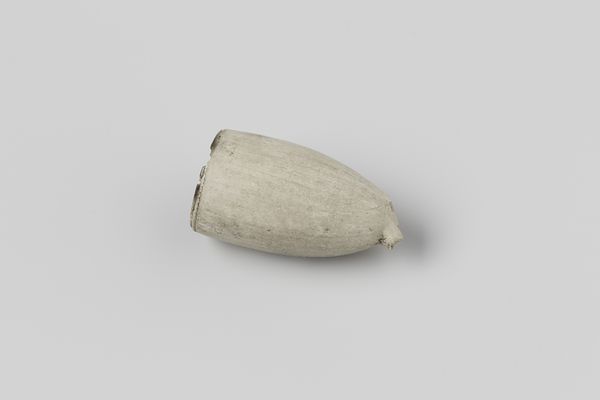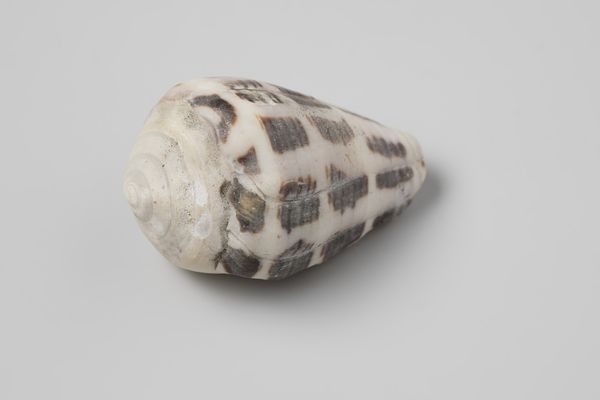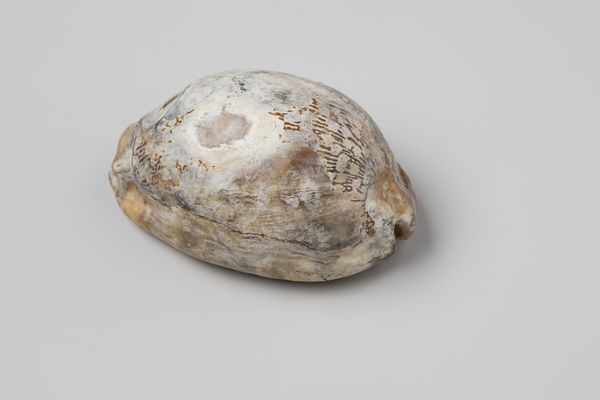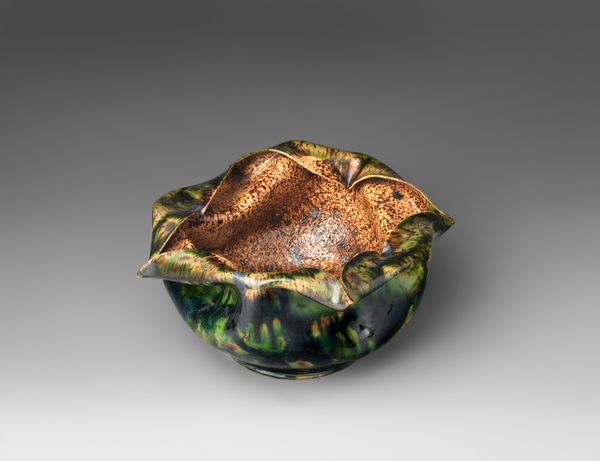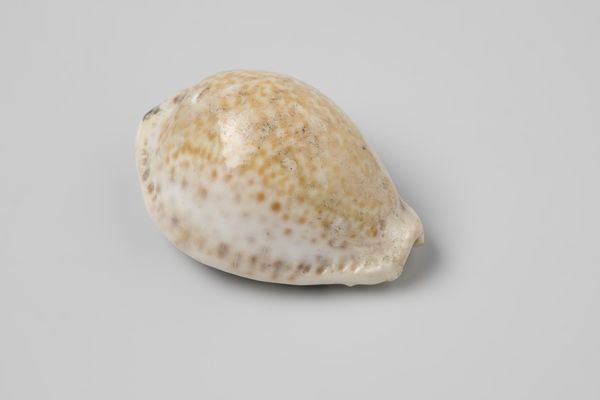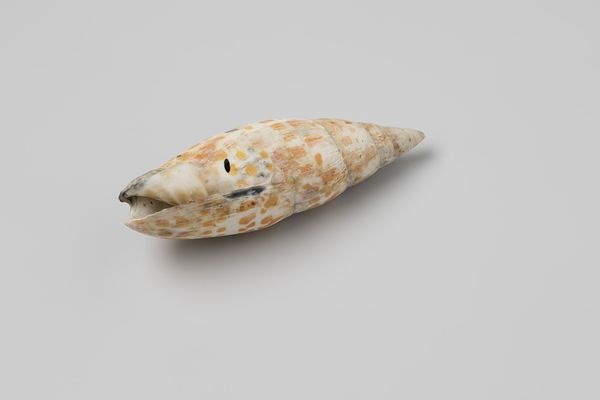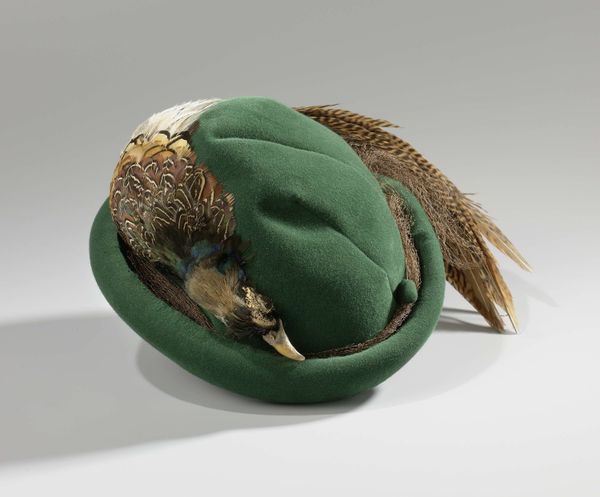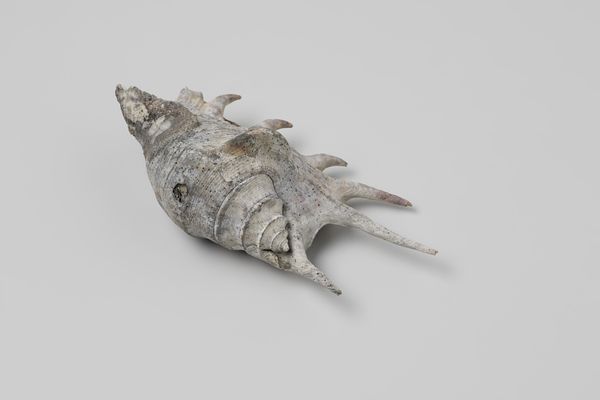
Nautilusschelp, gegraveerd met een dansend Bacchus-kind en met nymph en amor 1650 - 1700
0:00
0:00
carving, sculpture
#
carving
#
baroque
#
sculpture
Dimensions: height 10.7 cm, width 9.8 cm, depth 6.8 cm
Copyright: Rijks Museum: Open Domain
This nautilus shell was engraved by Cornelis Bellekin, who lived between 1625 and 1711, with a dancing Bacchus-child alongside a nymph and amor. The use of a nautilus shell as a canvas speaks to the Dutch Golden Age's fascination with exotic materials and the natural world, reflecting the era's extensive global trade networks. The imagery—a bacchanal scene—evokes themes of revelry, fertility, and the blurring of human and divine realms. The nymph, a female nature spirit, and the amor, a representation of love, alongside Bacchus, suggest narratives of pleasure and abundance which were popular in the art of the time. The shell, once part of a living creature, adds a layer of mortality and transformation to the scene. This piece invites us to consider the intersections of nature, mythology, and human desire, rendered on a delicate and precious object, indicative of the intricate relationship between art, commerce, and cultural identity in the 17th century.
Comments
No comments
Be the first to comment and join the conversation on the ultimate creative platform.
